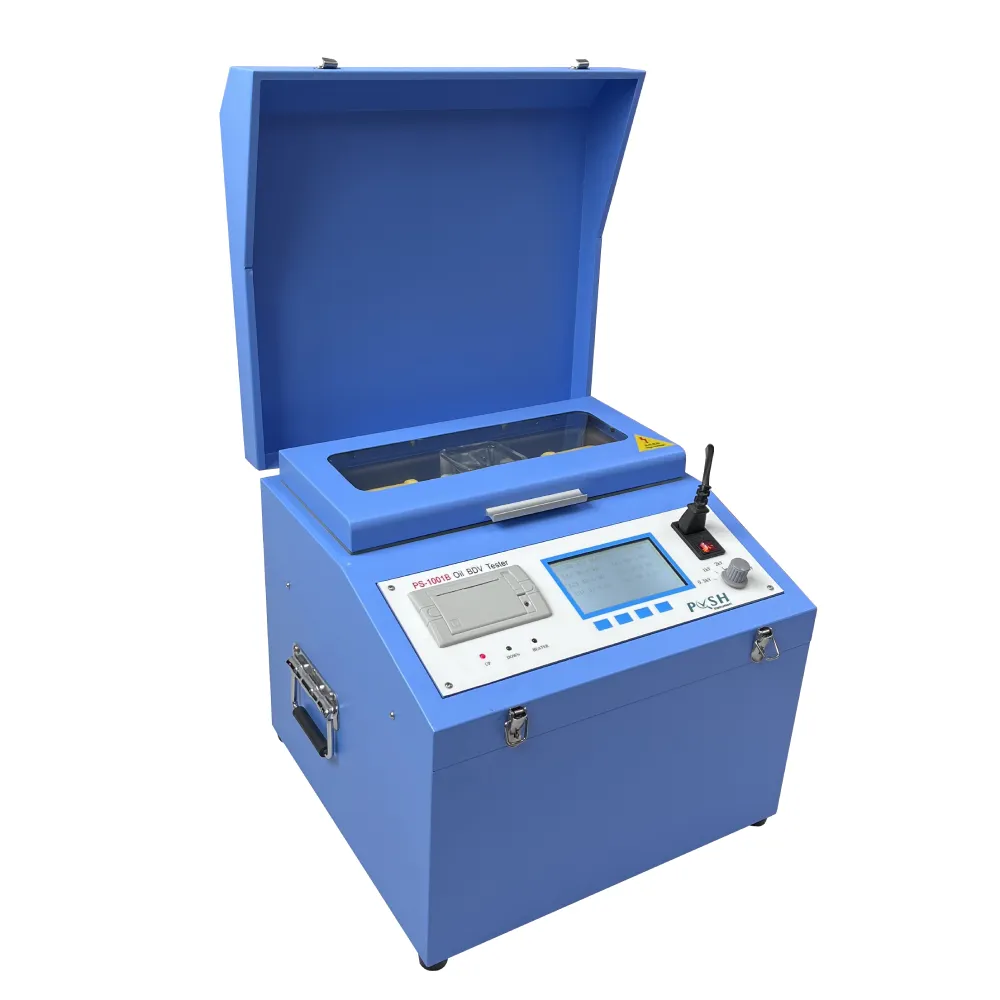 English
English


Testing Machines for High Voltage Insulation with Hipot Techniques
Understanding the Hi-Pot Test Machine A Key Tool in Electrical Testing
In the world of electrical engineering and manufacturing, safety and reliability are paramount. One of the essential tools used to ensure the integrity of electrical insulation is the Hi-Pot test machine. Hi-Pot, short for High Potential, testing is a procedure that assesses the insulation strength of electrical devices and cables, helping prevent electrical shock and equipment failure. This article aims to provide an overview of the Hi-Pot test machine, its applications, benefits, and operating principles.
What is a Hi-Pot Test Machine?
A Hi-Pot test machine is an electrical testing device designed to evaluate the insulation properties of electrical equipment by applying a high voltage between the live parts and the grounded parts of the equipment. The primary purpose of this test is to identify potential weaknesses or failures in the insulation that could lead to unsafe operating conditions. The test machine generates a controlled high voltage, usually several hundred to thousands of volts, and measures the leakage current that flows through the insulation.
How Does It Work?
The operation of a Hi-Pot test machine involves several key steps
1. Preparation The equipment to be tested is first prepared, ensuring that it is disconnected from any mains power supply. Safety precautions are vital during this phase.
2. Connection The Hi-Pot tester is connected to the device. Typically, one lead connects to the live circuit, and the other connects to the protective ground.
4. Measurement During the application of high voltage, the tester measures the leakage current that flows through the insulation. This measurement indicates the condition of the insulation material.
5. Analysis After the test, the results are analyzed. If the measured leakage current exceeds a predetermined threshold, it suggests insulation failure or degradation, prompting further investigation or repairs.
Applications of Hi-Pot Testing
hipot test machine

Hi-Pot testing is widely used across various industries, including
- Manufacturing In the production of electrical appliances, transformers, and motors, Hi-Pot testing is a routine quality assurance measure to ensure product safety.
- Installation Before connecting new electrical equipment to the power supply, installers often perform Hi-Pot tests to verify that the insulation is adequate.
- Maintenance Regular Hi-Pot testing can be part of a predictive maintenance program for electrical installations, helping to identify potential issues before they escalate.
Benefits of Using a Hi-Pot Test Machine
1. Safety By identifying insulation failures, Hi-Pot testing enhances safety for both operators and end-users, reducing the risk of electrical shock.
2. Quality Assurance Manufacturers can ensure their products meet safety standards and regulatory compliance, improving overall product quality and brand reputation.
3. Cost-Effectiveness While testing may incur upfront costs, identifying insulation weaknesses early can save money in the long run by preventing equipment damage and costly downtime.
4. Reliability Regular testing can lead to increased reliability of electrical systems, ensuring they perform as intended over their service life.
Conclusion
The Hi-Pot test machine is an indispensable tool in the electrical industry, providing a reliable means to assess the insulation integrity of electrical equipment. Its application is critical not only for ensuring safety compliance and product quality but also for enhancing the overall reliability of electrical systems. As technology continues to evolve, the design and capabilities of Hi-Pot testers are likely to advance, making them even more effective at safeguarding the electrical landscape. By prioritizing Hi-Pot testing, industries can embrace a proactive approach to electrical safety, contributing to the overall advancement of technology and enhancing public confidence in electrical products.
-
Differences between open cup flash point tester and closed cup flash point testerNewsOct.31,2024
-
The Reliable Load Tap ChangerNewsOct.23,2024
-
The Essential Guide to Hipot TestersNewsOct.23,2024
-
The Digital Insulation TesterNewsOct.23,2024
-
The Best Earth Loop Impedance Tester for SaleNewsOct.23,2024
-
Tan Delta Tester--The Essential Tool for Electrical Insulation TestingNewsOct.23,2024





